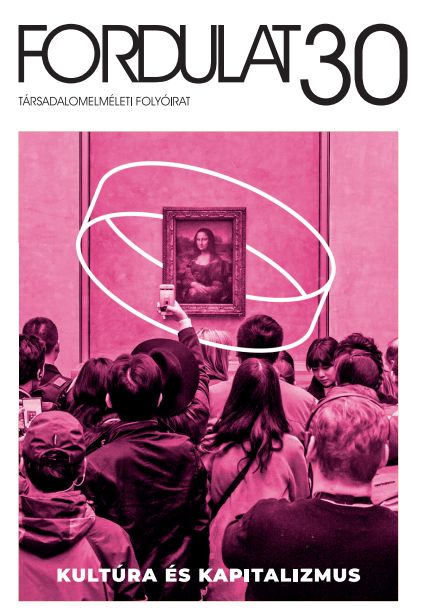Hová lett a bányatündér? Bányászkultúra és kapitalizmus
Verespatakon
Where Did the Minespirit Go? Mining Culture and Capitalism in Roșia Montană
Author(s): Imola PüsökSubject(s): Customs / Folklore, Cultural Anthropology / Ethnology, Culture and social structure , Sociology of Culture
Published by: Fordulat
Keywords: mining; gold; culture; dwelling; post-industrialism; livelihood; Roșia Montană; Romania; Anthropology; Transylvania
Summary/Abstract: Through Tim Ingold's concept of dwelling, I emphasize the dynamic, changing reality of culture. Culture in this understanding emerges in social processes and relationships, which is in stark contrast with the concept of a homogeneous, unchanging, bounded thing. To inhabit the landscape is to be in constant interaction with the social and ecological environment, which implies an integrative, non-dichotomous (biological or material as opposed to symbolic or imaginary) understanding. The basic premise of my writing is that the vâlva băii in Roșia Montană – an integral part of the local social imaginary – is an active agent in the local social, ecological and economic relations. I trace how these relations have been transformed over the last century in line with the modification of socio-political macro-contexts and with the accompanying changes in production processes. In local discourses and in the post-industrial empirical realities, the Canadian mining company (through its activities over the last twenty-five years) has become an entity with powers and authority akin to the vâlva băii. Inspired by Taussig's (2010[1980]) analysis of South America, I interpret the marginalization of the mining fairy as a local response to the company's alienating activities, and implicitly, to the processes of globalization and capitalism.
Journal: Fordulat (2008-tól Új Folyam)
- Issue Year: 2022
- Issue No: 30
- Page Range: 123-149
- Page Count: 27
- Language: Hungarian

